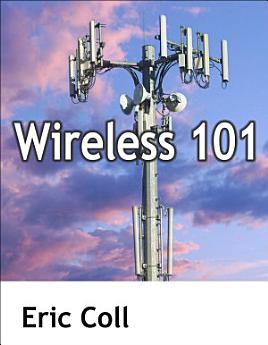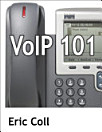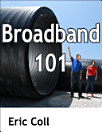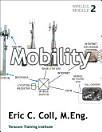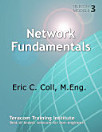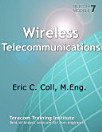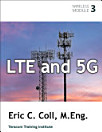Wireless 101
À propos de cet ebook
Wireless 101 delivers the core technical knowledge needed by anyone serious in the wireless business today.
A great deal of Wireless 101 is devoted to mobile communications, because one of the great things about wireless is you can move around while communicating, and people are willing to pay cold hard cash for it.
If you added up all of the industry associated with mobile communications: everything from selling handsets and providing customer service, all of the people who work for the carrier, the trucks they buy, people getting jobs as riggers installing equipment on towers, the insurance they have to pay for – the mobile communications industry shows up as part of the gross domestic product of every country in the world.
Bluetooth and Wi-Fi are now an indispensable part of everyday life including in-building Internet access and connecting your phone to your car as soon as you get close to it.
In July 2022, Starlink was delivering download rates bursting up towards 1 Gb/s to remote areas for $120 per month. This brings Broadband To The Remote Masses in one fell swoop, and will surely boost the quality of life and economic activity worldwide. So that’s covered too.
Part 1: Wireless Fundamentals
The first part of Wireless 101 is Wireless Fundamentals, five chapters that set the foundation, with radio fundamentals and spectrum, how modems are used to move bits, and radio penetration, propagation and fading.
Part 2: Mobile Communications
The second part of Wireless 101 is Mobile Communications, fourteen chapters on mobility and mobile communications from A-Z, beginning with the ideas of cellular radio, handoffs, how PSTN phone calls (“Voice minutes”) are implemented, and how Mobile Internet (“Data plan”) is implemented. We’ll explain the technologies: FDMA, TDMA, CDMA, OFDMA, the generations, and LTE and 5G New Radio, including millimeter-wave Ultra Broadband and low-bit-rate 5G services for IoT.
Part 3: Fixed Wireless
In the third part of Wireless 101, we’ll cover other radio systems, primarily fixed wireless, where the question of continuous communications while driving down the highway doesn’t come into play so much.
We’ll cover Wi-Fi: wireless LANs, standards and security, Bluetooth, broadband wireless home Internet, point-to-point, Low-Power Wide-Area Networks, and finish with satellite communications and Starlink.
Notes et avis
Quelques mots sur l'auteur
Eric Coll is an international expert in telecommunications, broadband and networking, and has been actively involved in the telecom industry since 1983. He holds Bachelor of Engineering and Master of Engineering (Electrical) degrees.
Mr. Coll has broad experience, and broad knowledge of telecom developed working as an engineer in the telecommunications industry.
He has used his knowledge of telecom to develop and teach telecommunications technology training seminars to wide acclaim across North America since 1992... and answering questions at seminars for companies and organizations ranging from Bell Labs to the Department of Justice keeps things up to date.
In his spare time, Mr. Coll authors textbooks and online courses based on the latest updates to the seminar courses.
Mr. Coll also provides consulting services as a Subject Matter Expert in telecommunications to government, carriers, and their customers.
